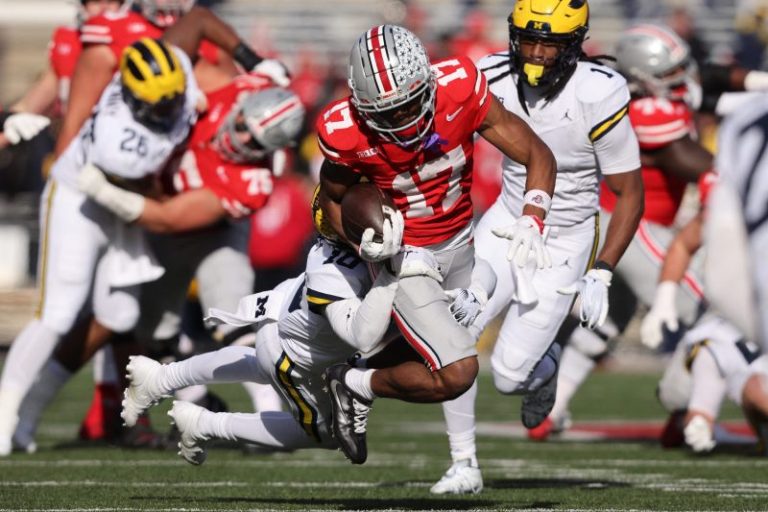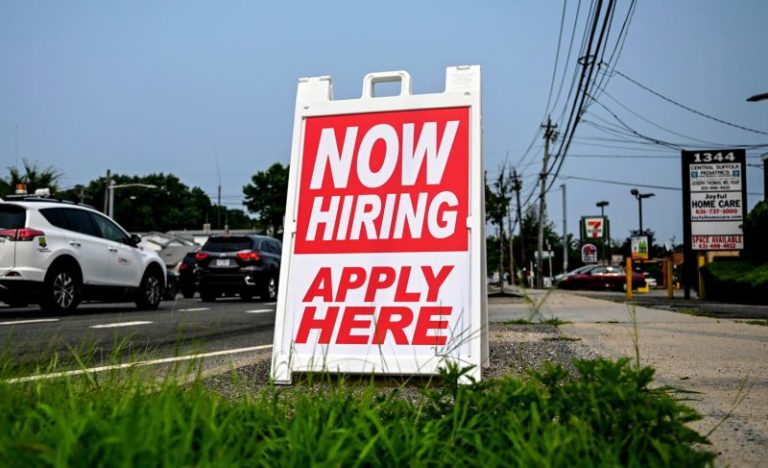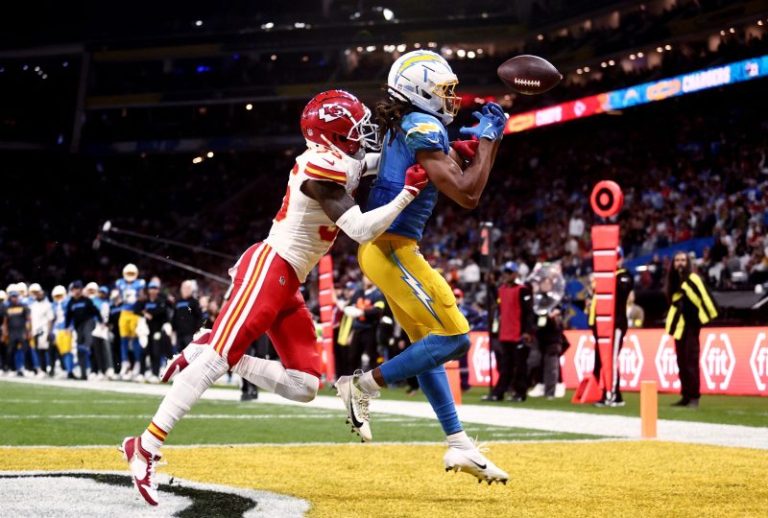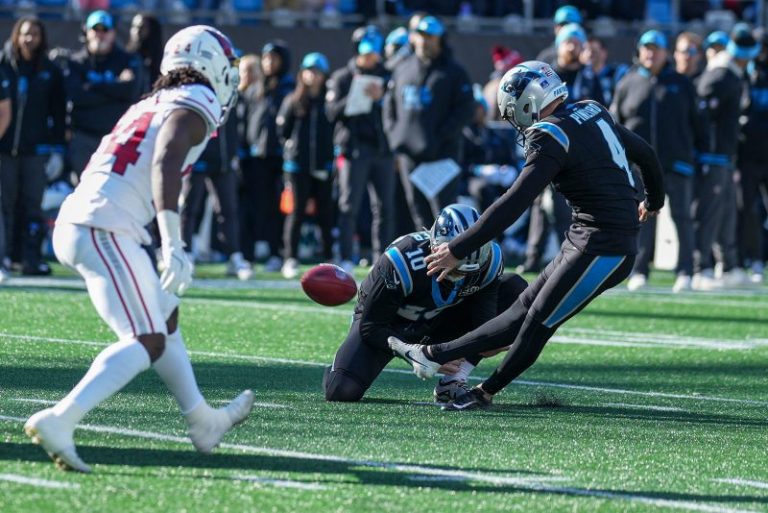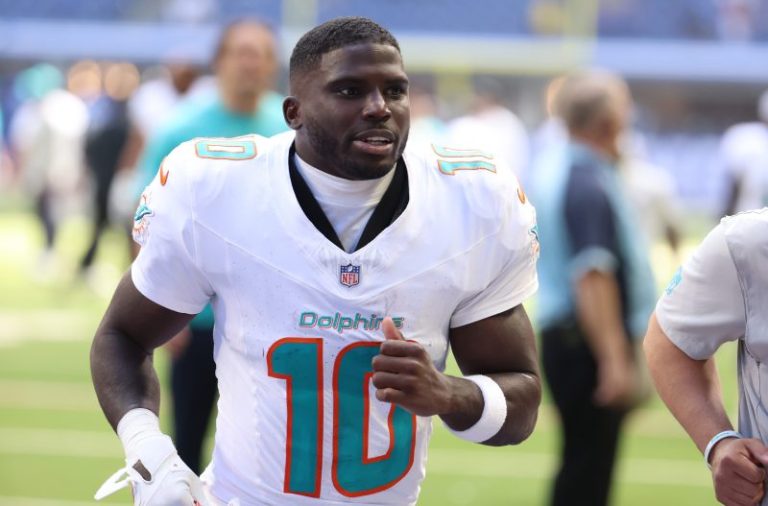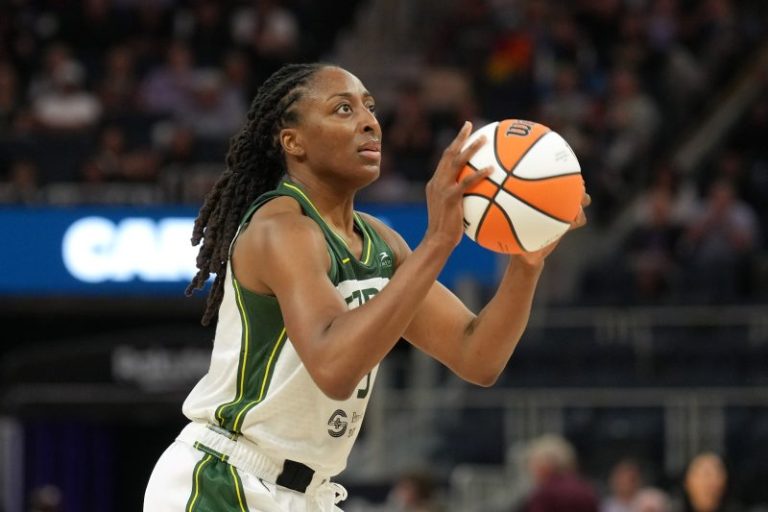- The Big Ten currently distributes revenue almost equally, with most members receiving about $63.2 million in 2024.
- Other conferences, like the ACC and Mountain West, have already adopted tiered revenue distribution based on viewership or brand value.
- Ohio State may face resistance from other Big Ten schools who would be unwilling to accept a smaller share of the revenue.
Ohio State is open to the possibility of changes to the Big Ten’s current revenue-sharing arrangement and how the university approaches athletics department funding, school president Ted Carter told USA TODAY Sports.
“I will say that there’s only a couple of schools that really represent the biggest brands in the Big Ten, and you can see that by the TV viewership,” said Carter.
Ohio State is not the first school to push for different levels of revenue sharing, nor would the Big Ten be the first to disburse tiered amounts of annual payouts.
PATH TO PLAYOFF: Sign up for our college football newsletter
The Mountain West distributes more money to Boise State because of a carveout related to television revenue that pays the Broncos an additional $1.8 million per season. (Boise is poised to join the Pac-12 in 2026.) The ACC recently adopted a system that will distribute 60% of TV revenue based on a weighted five-year average of viewership.
But there are a few major differences between the steps taken by those conferences and the potential fallout should Ohio State push the Big Ten to adopt a dramatically different and likely very controversial new model.
What is the Big Ten’s current revenue model?
The Big Ten had just over $928 million in total revenue and distributed about $63.2 million to each of the league’s dozen longest-standing members during the 2024 fiscal year, according to federal tax records.
That total is more than what schools received in the SEC. Records released in February showed that league distributed about $52.5 million in 2024 to every school except first-year members Oklahoma and Texas.
Looking ahead, the Big Ten’s per-school payout for 2025 is likely to be around $75 million for every member except for Oregon and Washington, whose shares are being phased in over seven years.
And these per-member payouts are expected to continue to grow. Wisconsin’s athletics department made a presentation to a university committee during the spring that projected just under $82.6 million in revenue during the 2026 fiscal year, according to the Wisconsin State Journal.
Would Big Ten members accept a new model?
No, they would not — or not happily, at least. Here’s where major differences stand out when looking at steps taken by the Mountain West and ACC.
The Big Ten is not hurting financially; the opposite is true, actually. There is no rancorous debate over buyout numbers or the league’s grant of rights deal, as was the case in the ACC. While the Buckeyes may claim otherwise, there is not one single team responsible for the Big Ten’s reputation and national draw, as Boise State successfully argued with the Mountain West.
Getting the Big Ten to make a seismic change in revenue distribution would require a cut in the annual revenue of the Buckeyes’ fellow members. Even if revenue is soaring, that would be very difficult for the rest of the conference to accept.
Would Michigan and Penn State be OK with taking money out of their pockets to send to Columbus? Would this arrangement be acceptable to schools such as Purdue, Rutgers, Maryland and others near the bottom of the Big Ten power structure?
This would clearly be an extremely difficult sell.
Does Ohio State really have bargaining power?
Ohio State is one of college sports’ elite brands, capable of moving the needle on any number of key topics in a manner unmatched by all but a few members of the NCAA.
But there is a very real question about the Buckeyes’ bargaining power in terms of truly pushing for an altered revenue model. The reason for that is simple: OSU has nowhere to go.
Florida State and Clemson were able to push the ACC into changes by essentially dangling the threat of leaving the conference. That was a real concern for the ACC, not only because of the potential loss of two flagship members but because schools such as Miami and North Carolina would almost certainly follow the Seminoles and Tigers out the door. The same fear does not exist in the Big Ten.
And FSU, Clemson and others could’ve knocked on the doors of the Big Ten or SEC offices. Ohio State is obviously not going to leave for the SEC. So should the Buckeyes push for more revenue and the Big Ten balks, where would they go? The NFC South?
The landscape-shifting fallout of an Ohio State move
Let’s say OSU is unable to sway the Big Ten. The school’s only real move would be to push for the creation of one or two super leagues, which would create the biggest shakeup to college football since the Division I split in 1978.
Again, the Buckeyes are one of only a few schools capable of officially putting this topic on the table.
They should find many Power Four schools willing to at least have the conversation. The top programs in the SEC could be persuaded by the possibility to add millions of dollars in annual revenue — as we’ve seen in recent years, just about every single move taken by schools and conferences has been driven by finances.
Likewise with high-profile Big Ten teams, who would push back at changing the league’s revenue structure but could be more willing to follow OSU into a super conference occupying the current Big Ten footprint.
This is the possible fallout that frightens the majority of NCAA members: After trying and failing to obtain more revenue than the rest of the Big Ten, Ohio State takes a drastic step that could create permanent change to college football.

